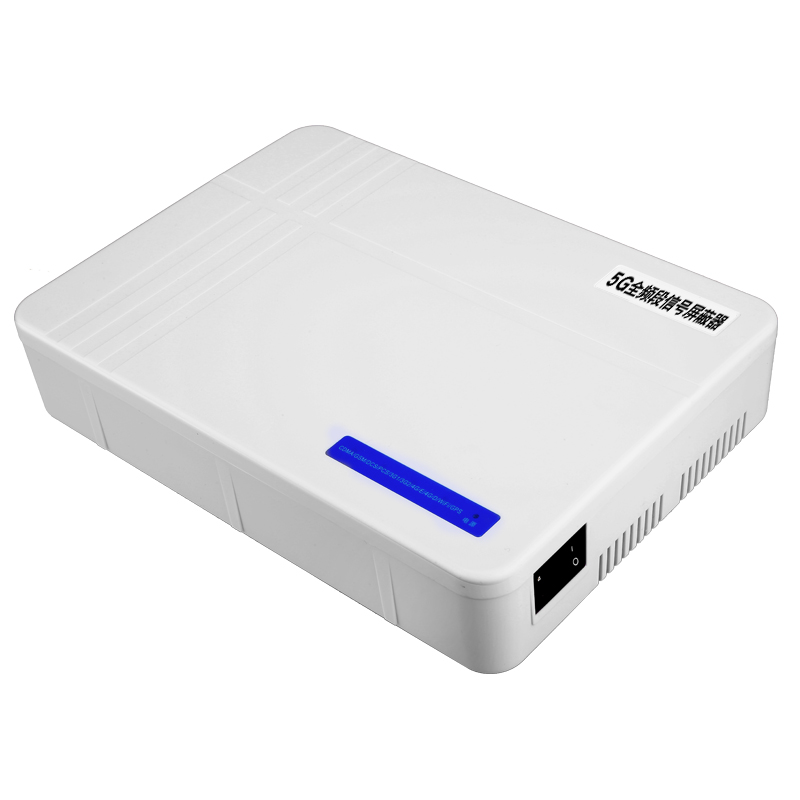Experience in many wars has shown that the combat effectiveness of intensive bombing using unguided weapons is extremely low. The development of precision guided weapons has greatly improved the combat capabilities of the air force and artillery. From this point of view, the precision guided weapon is undoubtedly a sharp spear on the battlefield. However, if there is a spear, there must be a shield. Current precision-guided weapons often rely on various forms of GNSS systems, and the key and weak point of the GNSS system is the artificial satellites operating in space.
The use of ballistic missiles to hard kill and directly destroy its satellite constellation can certainly paralyze its navigation system.The ability to perform precision strikes is limited to the opponent. However, due to coverage issues, navigation satellites usually have a relatively high orbit height, and it is difficult to strike them quickly. Moreover, the GNSS system currently in operation has a certain number of backup satellites in orbit in addition to the working satellites. Even if some satellites are lost, the entire system will not be paralyzed. In contrast, the wireless voltage system is more feasible in some situations. Satellite platforms are subject to the maximum power provided by solar panels, and the energy that can be provided to the transmitter is limited, and the transmitter power is low. The signal from the altitude of the orbit and the long-distance journey at the same time undergoes spatial attenuation, and the signal strength after reaching the ground is extremely weak. However, the distance between the ground jammer and the receiver is much shorter than that of the satellite, and a good interference effect can be achieved with a lower power, and the cost is low.

With the continuous development and wide application of the Global Navigation System (GNSS), various problems caused by it have also attracted more and more attention. Needless to say, the GNSS system can provide precise guidance for weapons during war. Even in peacetime, some foreigners using the GNSS system to illegally collect sensitive geographic information of our country are equally harmful. Although with the development of synthetic aperture radar (SAR) and other technologies, the resolution of satellite reconnaissance is getting higher and higher, and it is gradually getting rid of the influence of the weather, the interpretation of SAR images still needs to be corrected by the control points provided by traditional surveying and mapping methods . The accurate terrain data obtained by surveying and mapping can also be directly applied to terrain matching guidance. In this case, some “foreign tourists” began to wander around the military restricted area with heavy surveying and mapping GNSS receivers on their backs. It can be seen that in many scenarios, the development of technologies that can block GNSS systems regionally is of great significance to national security. GNSS consists of three parts. The GNSS system ground station is used to coordinate the work of all satellites in the entire system. GNSS navigation satellites radiate electromagnetic signals and modulate their own time and ephemeris data in electromagnetic waves. The GNSS receiver is used to receive navigation messages transmitted by satellites and calculate the current position in real time. At present, most GNSS systems use passive navigation technology. The receiver itself does not radiate electromagnetic signals and only works by receiving electromagnetic waves emitted by satellites. In this case, the receiver position cannot be obtained by conventional means such as radio direction finding. But arranging signal jammer at sensitive locations makes them lose their positioning capabilities.





